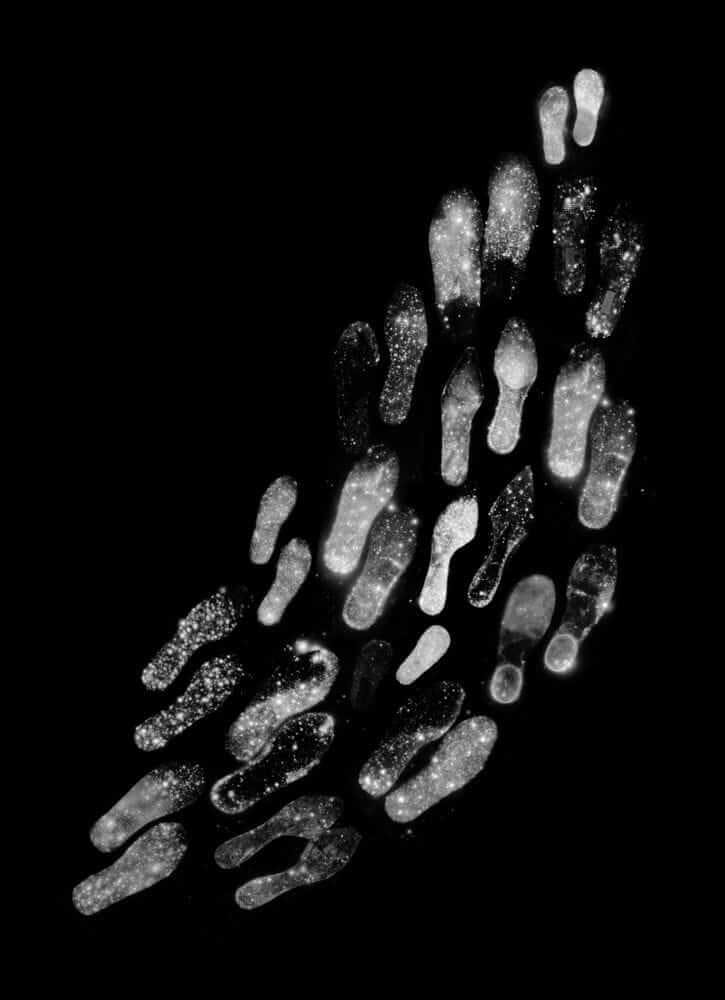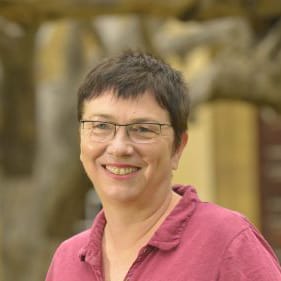“When the tsunami alert goes off, run!”
“I ran for my life as if I was in a dream—muga muchū—and can hardly remember what happened.”
“First the tsunami came and we all ran away. Luckily our house was on a hilltop, but the houses lower down were all washed away and destroyed. The next day when I returned to clean up, my garden was covered with debris from the tsunami. Then we were told to run away to escape the radiation.”
“We came back and the tsunami had left quite a mess, but the radiation has turned everything into rubbish.”
“All our belongings were contaminated; all our memories have become rubbish.”
“It was as if the radiation fled together with us.”
“We were called trash when we evacuated. ‘Don’t bring the radiation with you!’ I had to quit my job.”
“During evacuation couples started to quarrel.”
“I had to move three, four times from one temporary house to the next. Suddenly, my feet just stopped working and I was unable to walk, I couldn’t move them.”
“I suffered from ill health and couldn’t even go for a leisurely walk. Just like an old woman, it was impossible to take a stroll.”
“I’ll return in a bit, I thought, leaving everything behind, but it took six years before I was able to come back. Two of my elderly neighbours returned as well, but not the young people. The young ones have stayed away.”
“The houses have now been beautifully refurbished. People are no longer running away but are gathering together. Those who want to return do so. They come to visit their ancestors’ graves.”
“I visit three times a year to mow the lawn, making sure that the radiation doesn’t build up around the house.”
“You don’t need to do your best, just take one step at a time.”
“It is one step at a time. But this one step requires us to come together again, and when more and more people gather together, the future becomes brighter too.”
Local people gather at an informal community centre in the Odaka-ward of Minamisōma in Fukushima in 2018. Their homes destroyed, their town cordoned off, they evacuated, leaving behind their footprints and much more. Now their town has been decontaminated and reopened. Men, women, and children’s shoes, radiation on their feet, still regularly checking their dosimeters and Geiger counters. Are they leaving or returning? Standing in a queue for a new life? Each footprint is individual, as unique as a fingerprint. Even the left foot and the right foot carry different levels of radiation. “We are all in this together,” they say, but everyone’s experience of the radiation and the evacuation is different.
Masamichi Kagaya’s footsteps are shining brightly—kagayaku—like the starry nights in Fukushima when electricity was shut down. More radiant and pretty than the tumour cells or the coronavirus in the microscope, they are walking valiantly towards our beautiful country, Japan.

